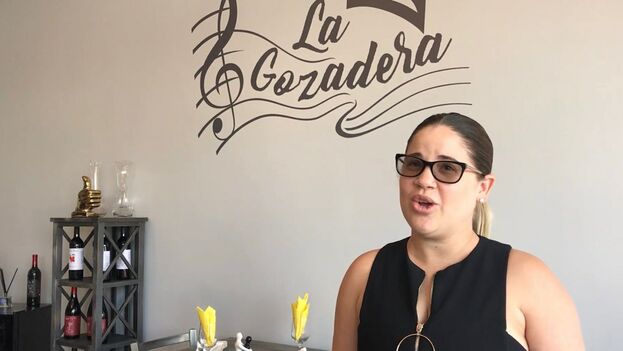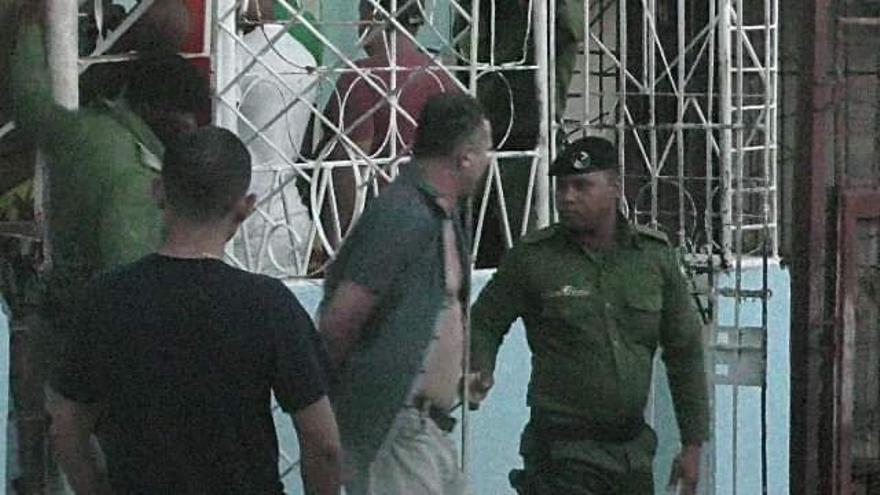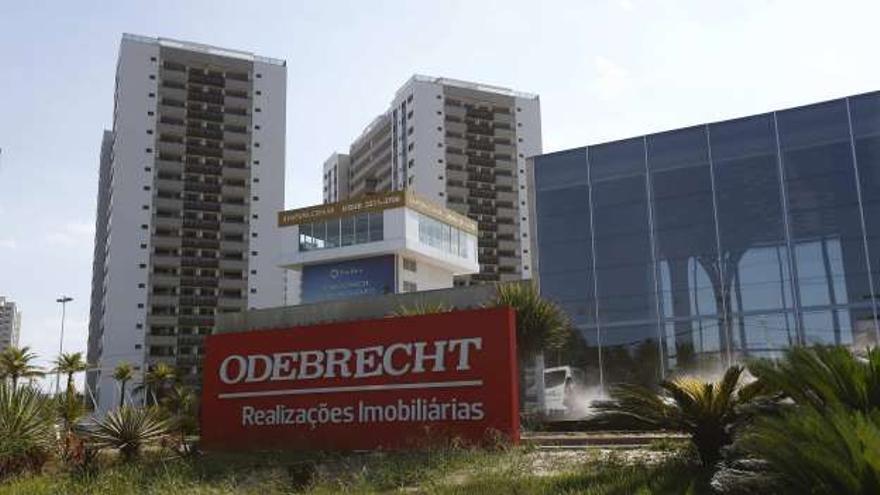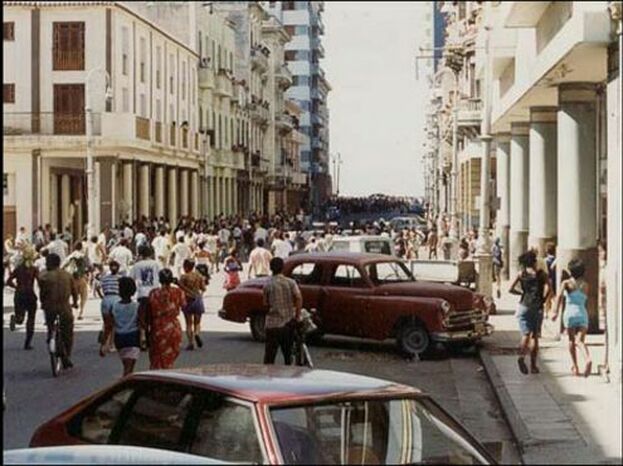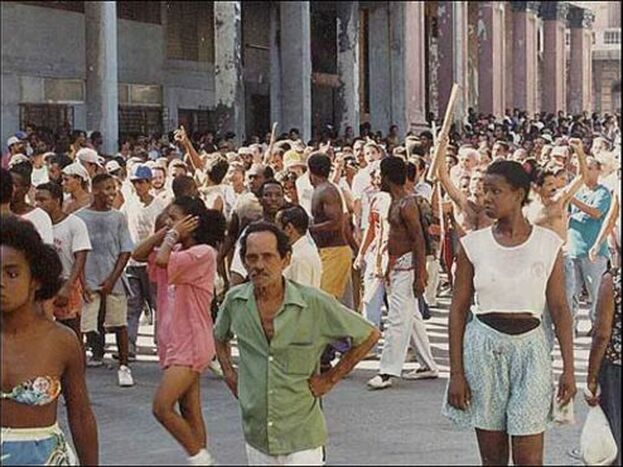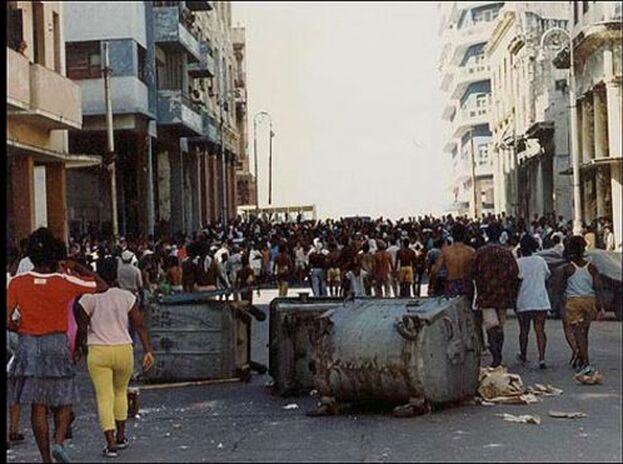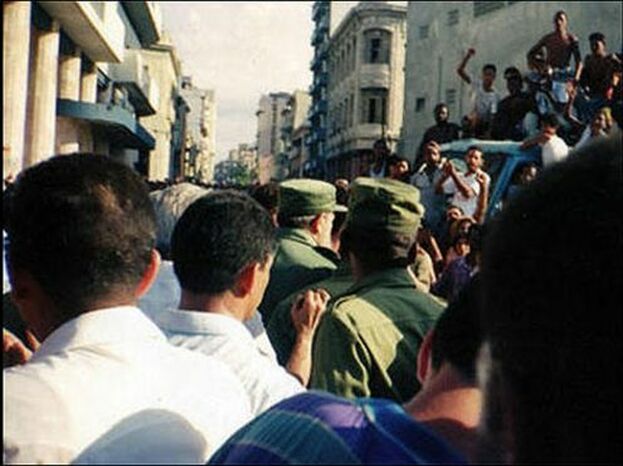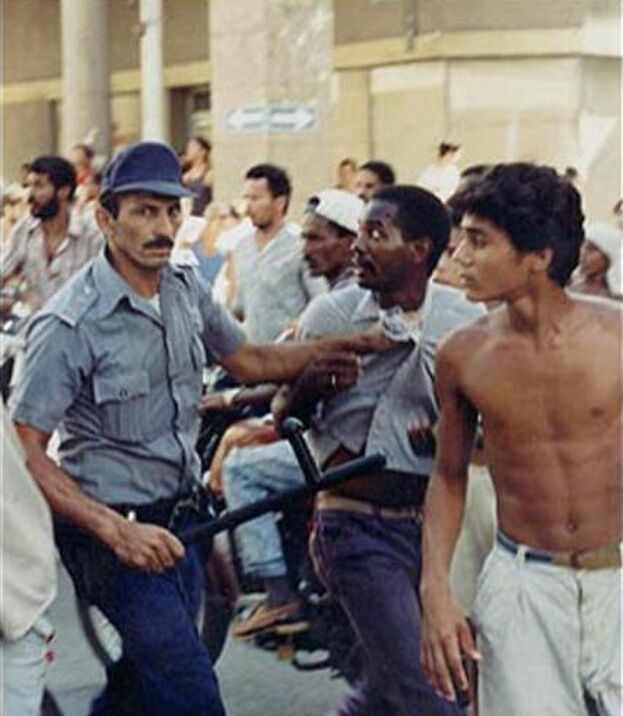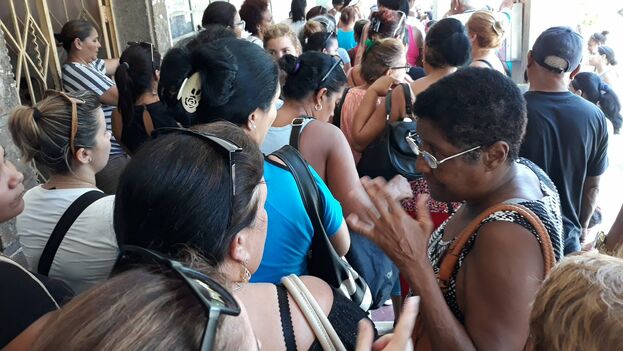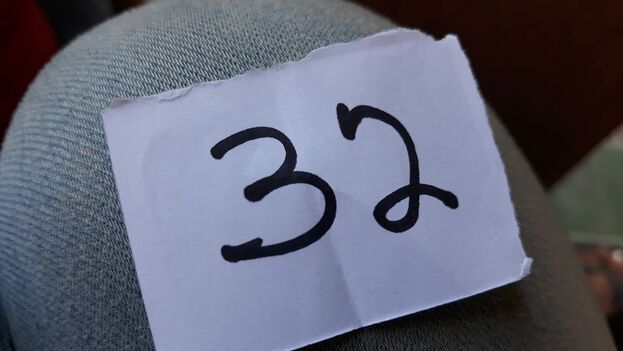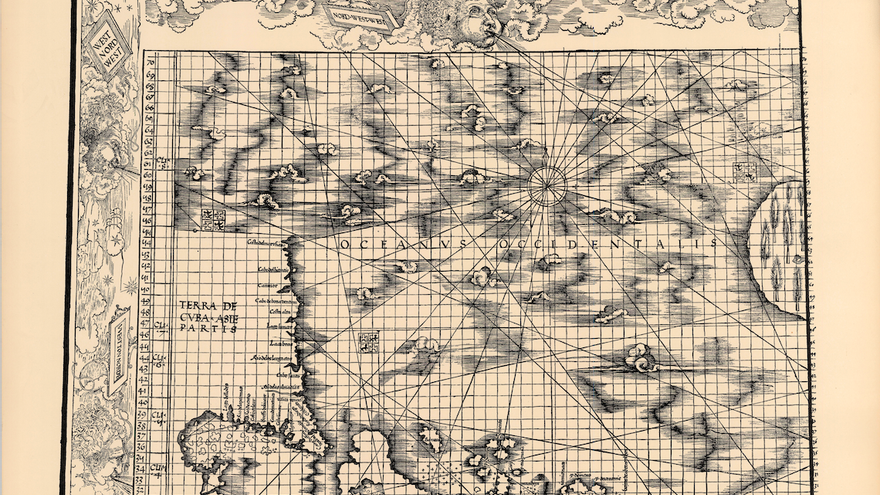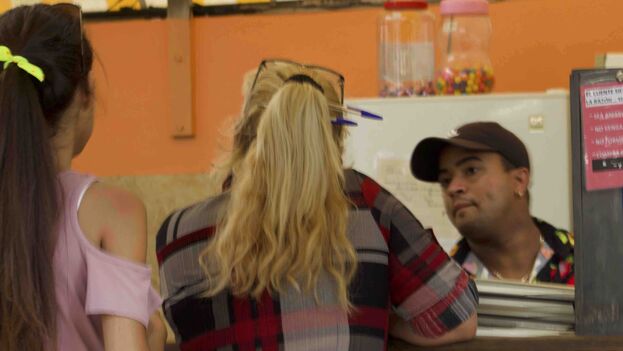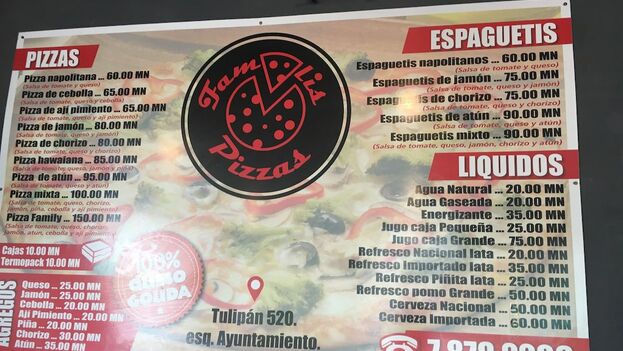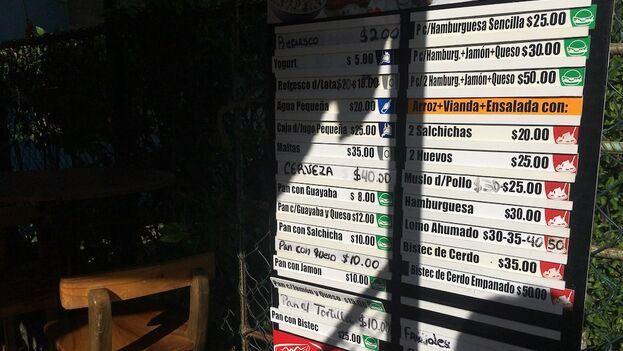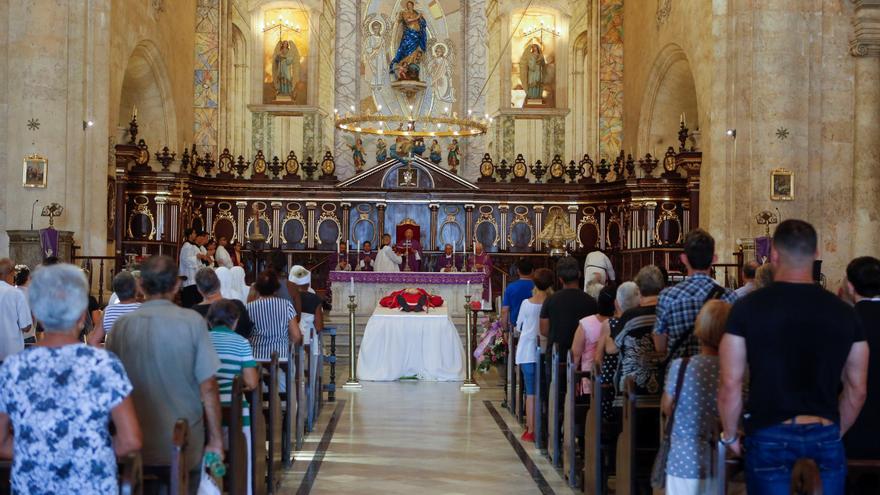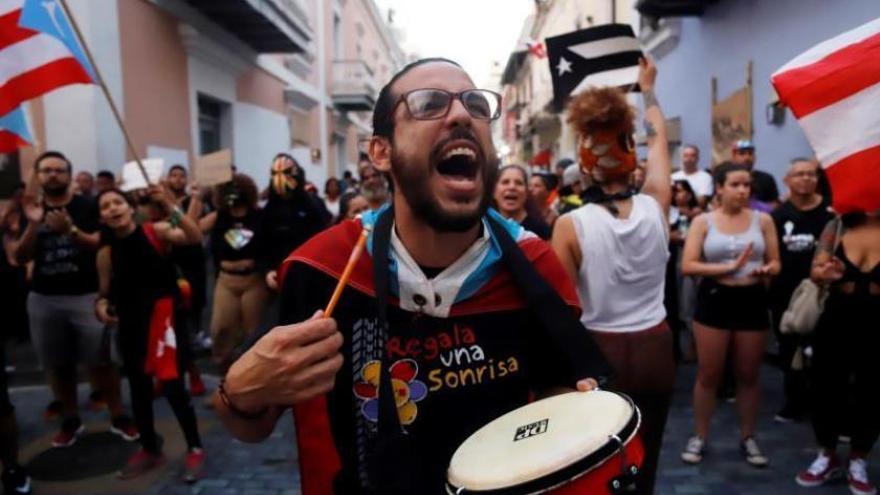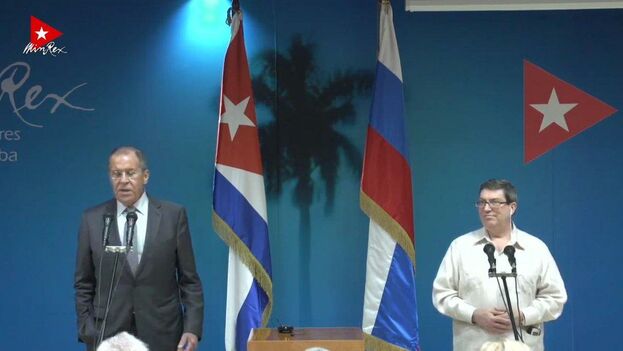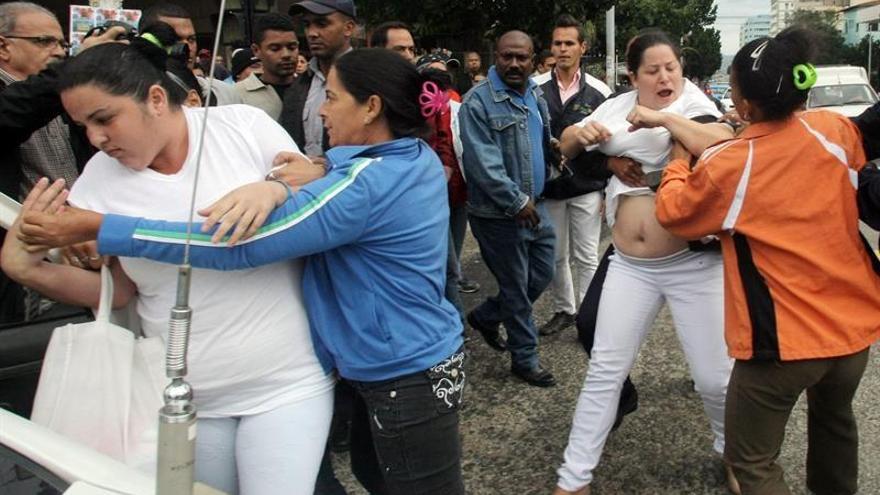
![]() 14ymedio, Havana, September 5, 2019 — The Patriotic Union of Cuba (Unpacu) and Cuba Decides have called on the Island’s population to demonstrate next Sunday, September 8, at 10 in the morning, according to a statement. “We will go out to the parks and other public spaces of our country,” reads the notice.
14ymedio, Havana, September 5, 2019 — The Patriotic Union of Cuba (Unpacu) and Cuba Decides have called on the Island’s population to demonstrate next Sunday, September 8, at 10 in the morning, according to a statement. “We will go out to the parks and other public spaces of our country,” reads the notice.
The announcement is these organizations’ response “to the increase in repression against the peaceful opposition and the citizenry” and for that reason they have chosen the day before the meeting of the Joint Council of the Cuban Government and the European Union in Cuba, which the high representative of foreign policy, Federica Mogherini, will attend on Monday.
Unpacu and Cuba Decides intend to denounce “the notable increase in repression for political motives and the violations of the rights of the Cuban people,” and show their solidarity with the Women in White Movement “repressed week after week by the dictatorship.” continue reading
The support also extends to “journalists and independent artists; the defenders of religious freedoms and the LGBTI activists who suffer persecution; and all peaceful persons and organizations” who promote respect for human rights and “change of the system toward democracy in Cuba,” reads the announcement.
The initiative’s organizers ask for an end to police abuses, prison terms for political motives, violations of the right to enter or leave the country, poor treatment and torture in prisons, police raids on homes of dissidents, and violent arrests, in addition to the harassment of activists.
The text which calls for a demonstration on Sunday includes a “repudiation of the implementation of an Accord of Political Dialogue, because it is not conditioned on concrete changes in the political-economic system of the country which guarantees the cessation of repression and respect for the basic freedoms of citizens.”
The document signed by both organizations urges “the participation of civil society and the opposition in any process of negotiation with the dictatorship.” According to both opposition groups, the EU should check “the implementation of the PDCA until the concrete reforms demanded of the regime are made clear.”
Among the petitions for reforms Unpacu and Cuba Decides indicate “the release of all political prisoners and the total cessation of harassment and violence of State Security and the police against human rights defenders and the citizenry.”
To this they add “the right to change the country’s political system in a binding plebiscite to allow the participation of the citizenry in free, just, and pluralistic elections for the first time in more than 60 years.”
The organizers of the call appeal “to the solidarity of the international community to check the impunity of the tyranny that means to attack our coordinators and activists with new assaults, robberies, violent arrests, and prison.” They hope that this time the voice of Europe is raised in the person of its high representative, Federica Mogherini, to support those who defend “the same democratic rights.”
The protest will coincide with the day of the patron of Cuba, the Virgin of Charity of El Cobre, a national symbol that had a big presence in the wars of independence and also in subsequent social movements. As a general rule, on that day in several parishes in the country pilgrimages are made in which thousands of people gather.
In recent years the day of Cachita, as the Virgin of Charity is popularly known, has meant forceful police operations, arrests of activists, surveillance around opposition figures’ homes, and arbitrary arrests.
Translated by: Sheilagh Herrera
________________
The 14ymedio team is committed to serious journalism that reflects the reality of deep Cuba. Thank you for joining us on this long road. We invite you to continue supporting us, but this time by becoming a member of 14ymedio. Together we can continue to transform journalism in Cuba.

